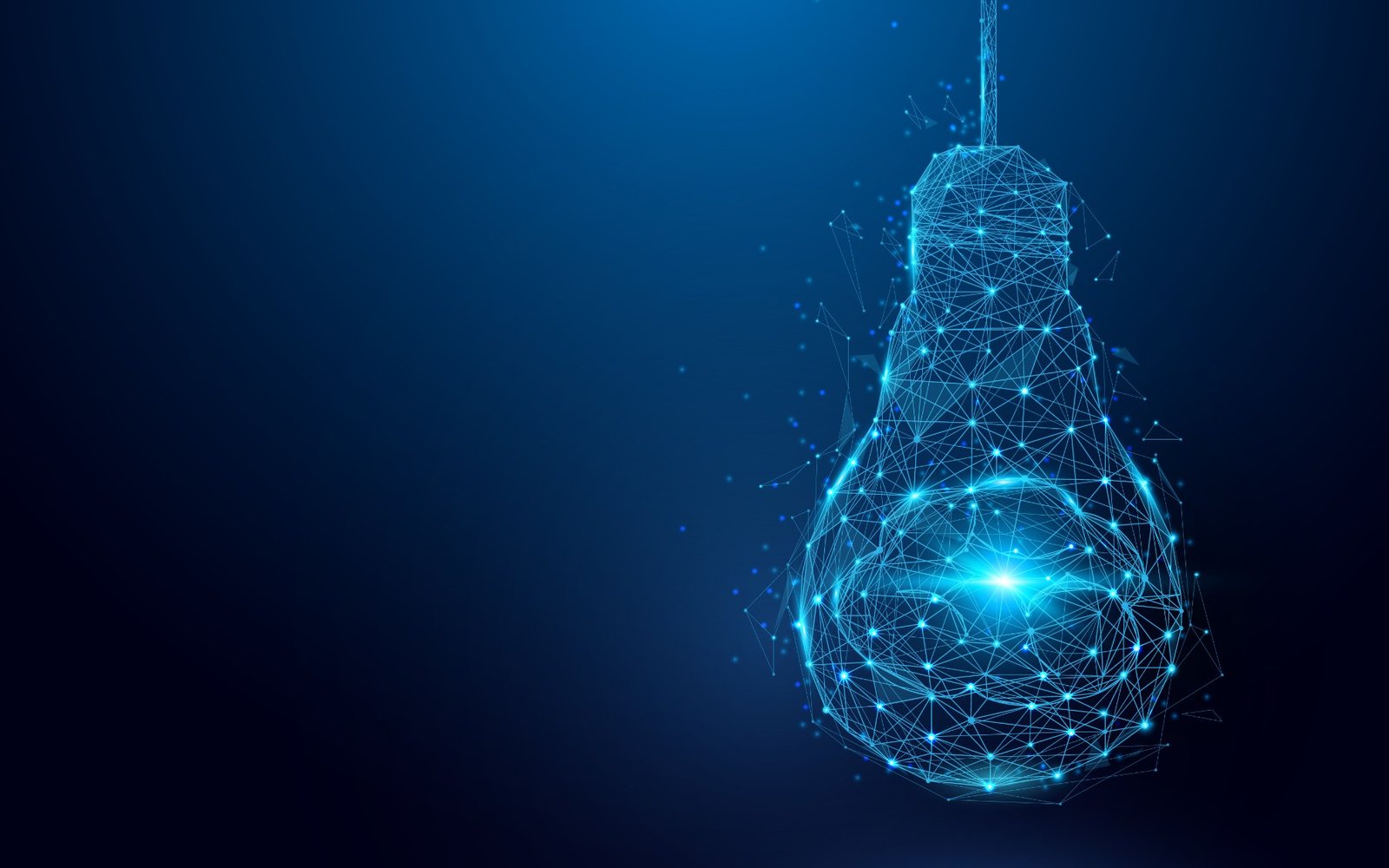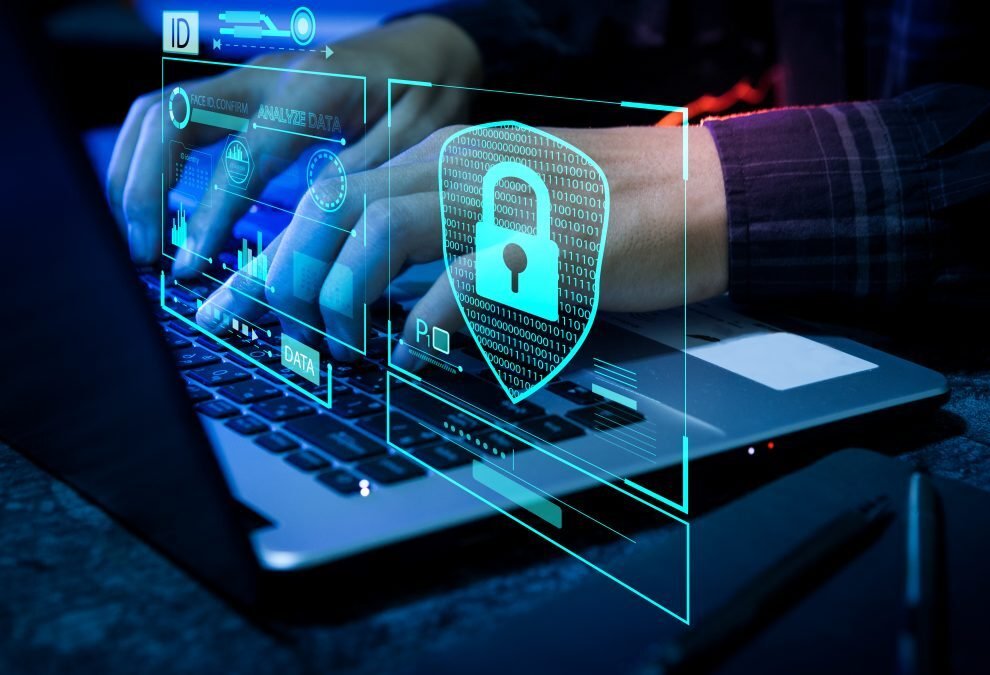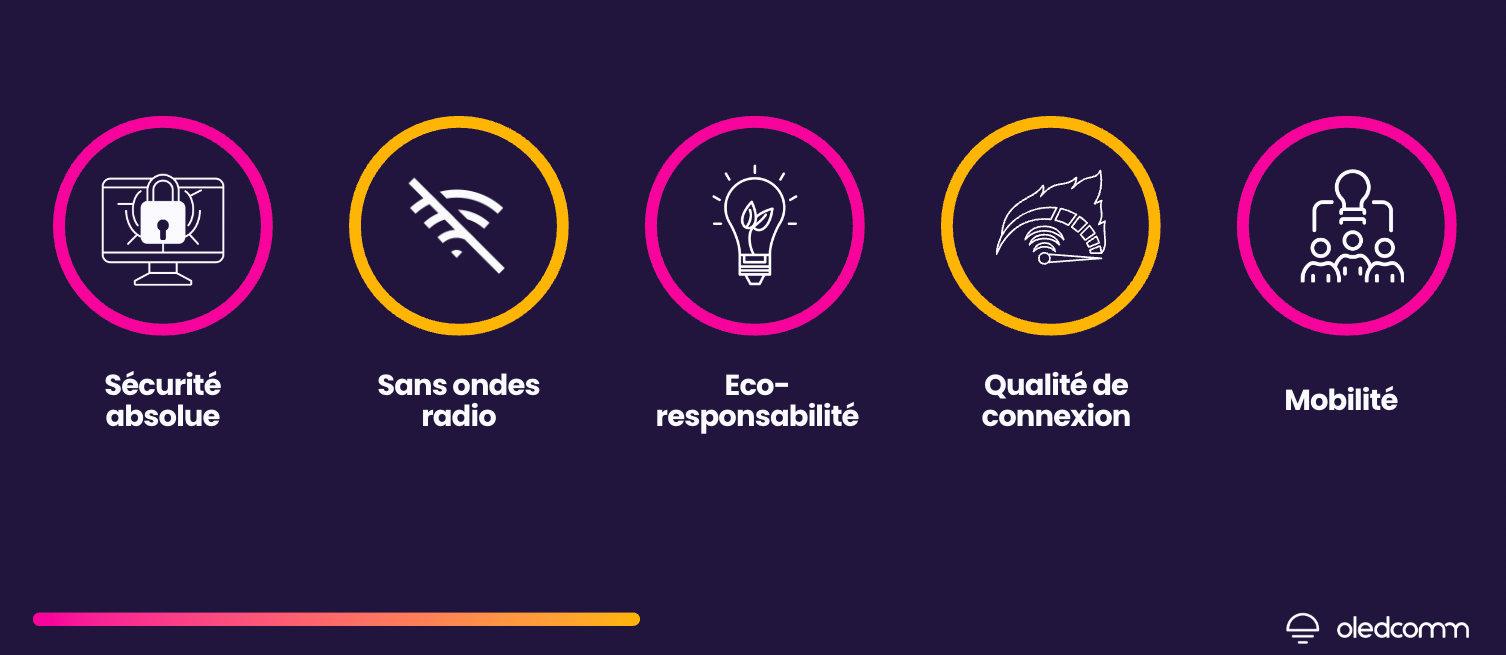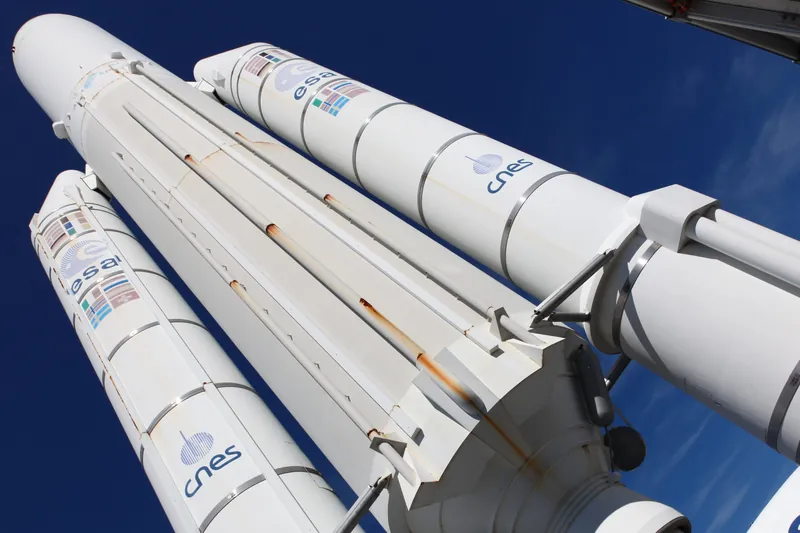
Blog
LiFi: the applications of a booming technology
As robust as WiFi and safer, healthier, and more stable, LiFi has already proven itself in several major industries. But this success is just the beginning.

It is one of the most significant disruptions in the history of telecommunications, and it is still in the early stages of expansion. LiFi, for Light Fidelity, is an Internet connection technology based on the LED light. After several years of research and development in the laboratory, the technology is now available and is already benefiting its users.
As robust as WiFi and safer, healthier, and more stable, LiFi has already proven itself in several major industries. But this success is just the beginning. From classrooms to airplanes to government structures, discover the applications of LiFi, in today's world and tomorrow's.
LiFi Spearheads Cybersecurity
Law firms, government ministries, and intelligence agencies are all places that cannot afford any cybersecurity risks. However, history has shown that existing computer protection systems, no matter how sophisticated, are not enough to guarantee foolproof security.
In addition to the inherent flaws in the networks themselves and the firewalls and antivirus software that protect them, WiFi is often at fault. Because the radiofrequency waves it emits have an average range of 250 meters outdoors and 35 meters indoors. It is a natural bait for cybercriminals who try to hack the signals outside the structures.
That is where LiFi's application is in the field of Internet security. Because the Internet signal only travels through a beam of light projected from a transmitter source to the connected device (computer, smartphone, or connected tablet), it does not pass through the room walls in which it is used. LiFi is impenetrable from an outside room and is a solution of choice for sectors handling sensitive information.
LiFi as an educational tool
The implementation of LiFi in education could mean the end of overcrowded and non-functional computer rooms in schools. Indeed, in addition to cybersecurity, which is also a central issue of digital technology in schools, LiFi has advantages that justify its application for educational purposes.
First, it offers a stable connection without latency, allowing up to 32 students to be connected simultaneously in the same classroom without causing inconsistency in the Internet connection quality.
Second, this stability does not come at the expense of data transmission speed. LiFi offers a highspeed connection equivalent to the best fiber optic, paving the way for the most dataintensive digital educational activities: video streaming, interactive games, collaborative platforms, online exams, MOOCs, etc.
Third, LiFi can be installed in the existing lighting system and does not require any wiring. Its installation is discreet, very space-saving, and provides a cleaner, better-organized workspace conducive to learning.
LiFi in the health sector
The impact of radiofrequency waves on health has been a growing concern for several years, especially for the most vulnerable people. Although the Internet is today an indispensable tool in the medical sector, its use should not be at the risk of harming the health of sick people, older people, and children who attend hospitals, EHPAD, medical offices, and nursing homes.
While WiFi relies on the radio part of the electromagnetic spectrum, LiFi uses the optical element and does not emit any radio frequency waves to transmit computer data. For this reason, LiFi is an ideal answer for maintaining optimal connectivity wherever radio waves are not desirable.
LiFi in aeronautics
Although it is not a significant field of application for LiFi, the aeronautical sector has a lot to gain from this technological revolution. Oledcomm has demonstrated this by equipping the first commercial flight with a LiFi solution.
The program offers passengers greater comfort. They can benefit from a high-speed Internet connection without latency during their flight and without any light pollution. This customized solution works with infrared light and not visible light.
But the application of LiFi to the aviation industry goes much further. The WiFi equipment on an aircraft weighs about 1.3 tons because of the shielded cables designed to limit interference with the electronics onboard. Because it does not interfere with other equipment and is installed using the existing lighting system, LiFi can cut the weight of the in-flight entertainment system in half. The result: a drastic reduction in carbon footprint and significant budget savings for airlines.
Recent articles

Categories
See some more...




